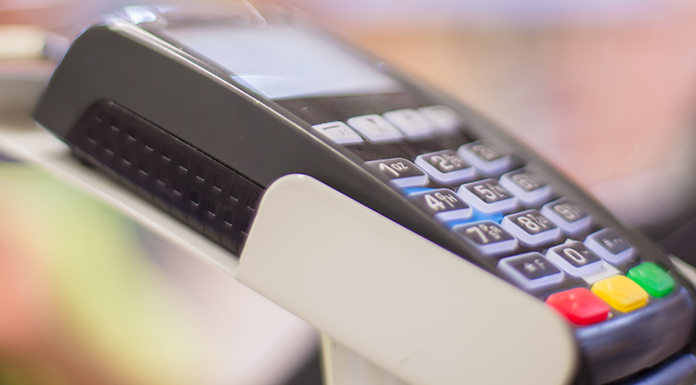In an increasingly digital world where financial transactions are conducted with ease, the prevalence of card skimming poses a significant threat to consumers’ financial security. Card skimming is a form of fraud that involves the illicit capture of data from the magnetic stripe of payment cards, including credit cards, debit cards, and prepaid cards. This clandestine activity is perpetrated by fraudsters who install skimming devices on legitimate payment terminals, such as ATMs, gas station pumps, or point-of-sale terminals, to steal sensitive cardholder information.
How does card skimming work?
To comprehend the mechanics of card skimming, it is essential to grasp the technology behind payment cards. Traditional payment cards feature a magnetic stripe on the back containing encoded information about the cardholder, including the card number, expiration date, and name. When a card is swiped through a card reader, the terminal reads the data stored on the magnetic stripe to authorize the transaction.
Fraudsters exploit this vulnerability in payment card technology by installing skimming devices, also known as skimmers, on compromised terminals. Skimmers are typically designed to blend seamlessly with the appearance of legitimate card readers, making them difficult to detect without close inspection. Once installed, these devices surreptitiously capture and record the magnetic stripe data of unsuspecting cardholders as they conduct transactions.
Are there other types of card scams?
In addition to physical skimming devices, fraudsters may deploy other tactics to gather cardholder information, such as hidden cameras or keypad overlays. Hidden cameras positioned near compromised terminals can capture the cardholder’s PIN as they enter it, while keypad overlays are placed over legitimate PIN pads to record keystrokes. This multi-layered approach allows fraudsters to obtain comprehensive card data, including the magnetic stripe information and the associated PIN.
How can I protect myself?
Recognizing the threat of card skimming requires vigilance and awareness of common indicators of fraudulent activity. One key warning sign is the presence of suspicious or unfamiliar attachments on payment terminals. Consumers should inspect card readers and PIN pads for any signs of tampering, such as loose components, unusual adhesive residue, or discrepancies in the device’s appearance. Additionally, consumers should be wary of terminals located in isolated or poorly lit areas, as these locations may be more susceptible to skimming attacks.
Another red flag indicative of card skimming is the occurrence of unauthorized transactions on a cardholder’s account. Consumers should regularly monitor their account statements for unfamiliar or suspicious activity, such as unauthorized purchases or cash withdrawals. Prompt reporting of fraudulent transactions to the issuing financial institution is crucial for minimizing financial losses and mitigating the impact of card skimming.
Consumers can take proactive steps to safeguard against card skimming by adopting secure payment practices and utilizing advanced payment technologies. Chip-enabled cards, also known as EMV cards, offer enhanced security features that make them less susceptible to skimming attacks compared to traditional magnetic stripe cards. By using chip-enabled cards for in-person transactions and avoiding compromised terminals, consumers can reduce the risk of falling victim to card skimming.
Card skimming represents a pervasive threat to consumers’ financial security, with fraudsters employing sophisticated tactics to steal sensitive cardholder information for fraudulent purposes. Recognizing the signs of card skimming and adopting proactive security measures are essential for safeguarding against fraud and protecting oneself from the perils of unauthorized transactions. By remaining vigilant, staying informed about emerging threats, and utilizing secure payment technologies, consumers can mitigate the risk of falling victim to card skimming in their financial interactions.

















